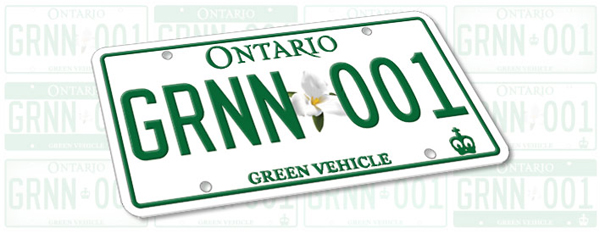Carbon dioxide exacts a cost, that much we know. It’s when we try to take the logical next step – putting a price on carbon – that things get complicated.
The issue is in the news as the province of Ontario moves to join what Clean Energy Canada calls “North America’s largest cap and trade alliance,” the one between Ontario’s Canadian neighbor Quebec and the state of California.

If you’re not familiar with how a cap and trade scheme works, conceptually, it’s pretty simple: Government sets a limit on the total amount of carbon emissions allowed, requires polluters to possess “allowances” for their emissions, sets up a market through which polluters can sell or trade those allowances, and then gradually pushes the emissions limit downward.
Cap and trade’s big conceptual selling point is that it heads toward a certain target, squeezing emissions out of the economy, but gives economic players the freedom to find their own unique way. Polluters that innovate or otherwise reduce emissions can bank them for future use, or sell them to polluters that weren’t able to meet their limits. Meanwhile, revenues raised by auctioning allowances can help fund things like renewable energy and energy efficiency R&D, providing tools that polluters can then use to meet the declining emissions thresholds.
Europe has led the way in cap and trade, with the EU Emissions Trading System – commonly referred to as EU ETS – that kicked off in 2005. But the first decade in operation has exposed how difficult it can be to get a cap and trade system to work effectively. As Climate Central’s John Upton recently wrote:
Europe’s carbon pollution-pricing program, which is the biggest in the world, was formed to help curb greenhouse gas levels in the atmosphere — but it was created before its economy unexpectedly tanked. When the economy crashed in 2008, demand for energy fell with it, and that has meant that European industry has needed fewer carbon pollution allowances to operate under a business-as-usual scenario than had been anticipated. The glut of allowances that has resulted is keeping allowance prices and revenue low, and it is limiting the effects of the emissions trading system on global pollution levels.
Europe is reforming its market to get supply and demand in better balance, and Ontario is getting plenty of advice on how to make its alliance with Quebec and California function smoothly. One of the questions that will need to be answered is what will be done with the money raised; that’s become a key issue in California, where cap and trade, now in its third year of operation, appears to be working well.
Ontario will also have to decide which segments of the economy are covered by the system (typically, very small players aren’t) and who will have to buy emissions and who might get them free of charge (in Quebec, “trade vulnerable” sectors don’t pay).
It’s these complexities that lead many people to suggest a carbon tax, applied across the board, would be a better way of “putting a price on carbon” than cap and trade. As cleantech venture capitalist Tom Rand wrote this week, referring to British Columbia’s carbon tax:
B.C.’s carbon tax is simple, transparent – and works. Carbon is priced at the source – gas pump, electrical power plant. The cost percolates through the economy. The money raised lowers corporate and income tax. Since its inception in 2008, emissions are down nearly 20 per cent compared to the rest of Canada, while economic growth has been slightly higher. There’s good reason the Economist called it “a winner” that “woos skeptics.”
Alas, it’s the very transparency of the carbon tax – which makes it an easy target for opportunistic politicians to attack – that can make it difficult to implement (or hang on to). Still, a recent U.S. poll out of Stanford University found big support for a carbon tax in general, and even bigger support for a system that promised to be “revenue neutral” by refunding the money raised back to the people. As the Carbon Tax Center wrote:
Both [poll] questions insinuated that “companies” would pay the tax, which may have shaded the outcomes in favor of the tax. Nevertheless, the takeaway is unmistakable: the idea of taxing carbon pollution and distributing the revenues fairly has gained tremendous public acceptability.
Despite that, there’s no currently viable attempt to do a carbon tax here in the United States. Instead, cap-and-trade looks like the best bet to spread “pricing carbon” beyond California (and the limited RGGI program in the Northeast for power plants).
The next state to adopt a system could be Washington, where Democratic Gov. Jay Inslee is trying to get a bill through the state legislature that would apply to big polluters, those that emit more than 25,000 metric tons of carbon per year. The money raised would be spent on “transportation projects, education, housing assistance programs, a sales tax rebate to low-income persons, a business and occupation tax credit for certain energy-intensive industries, and rural economic assistance programs,” according to a legislative report.